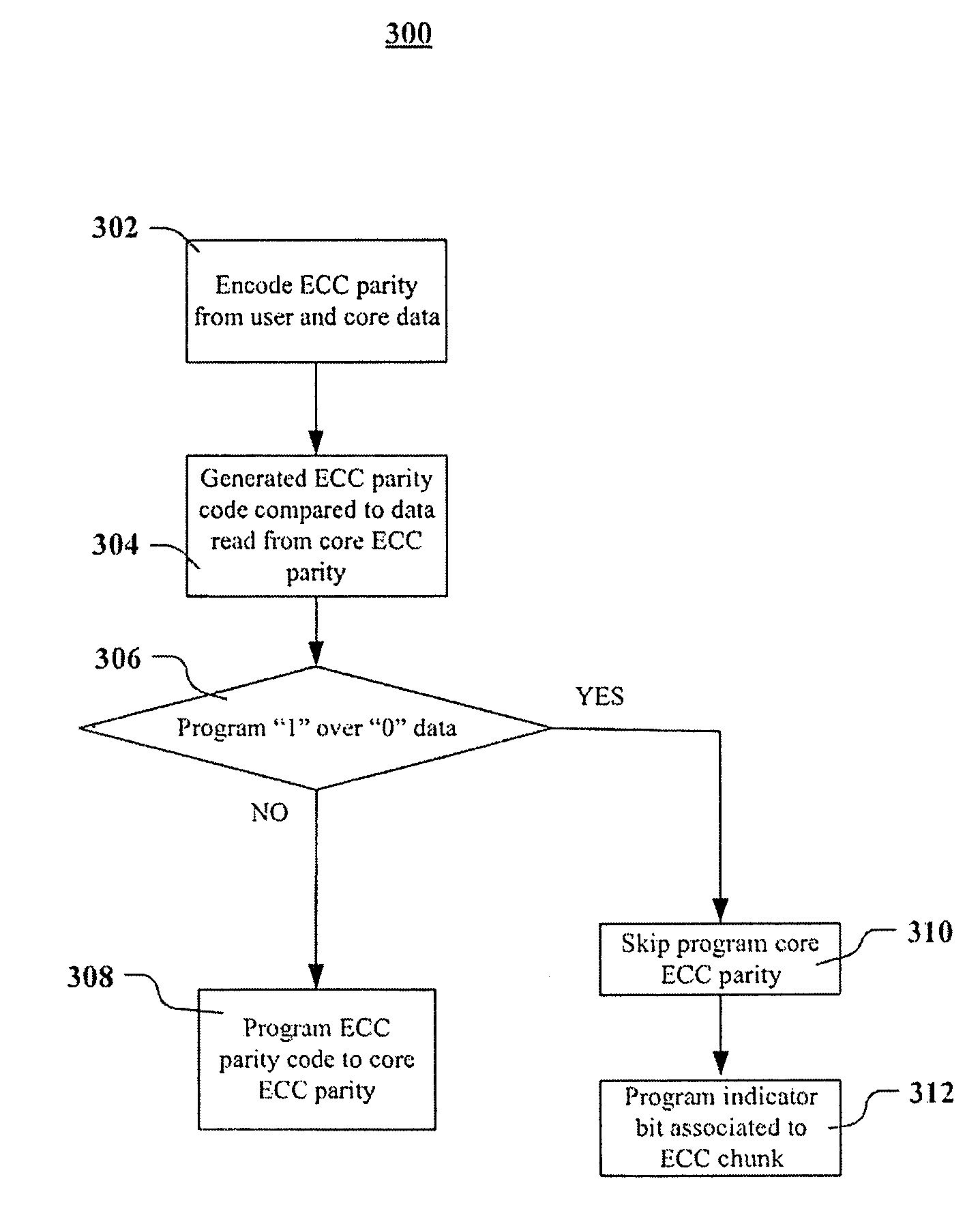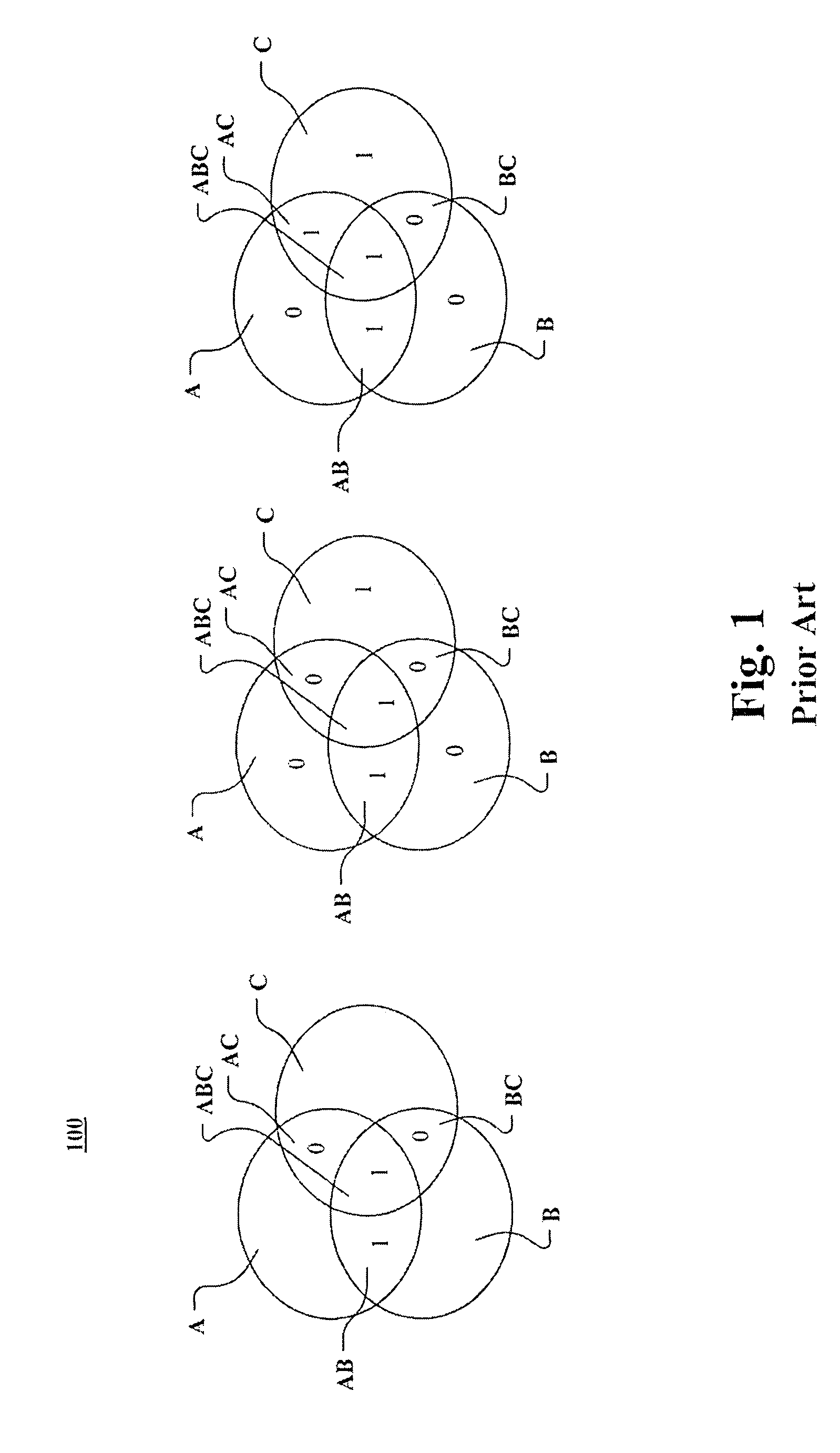Implementation of recycling unused ECC parity bits during flash memory programming
a flash memory and parity bit technology, applied in the field of memory devices, can solve the problems of reducing data storage density, reducing speed, and higher cost than dram and sram, and gaining the effect of several additional, and employing flash memory also gives rise to several additional problems
- Summary
- Abstract
- Description
- Claims
- Application Information
AI Technical Summary
Benefits of technology
Problems solved by technology
Method used
Image
Examples
Embodiment Construction
[0026]One or more implementations of the present invention will now be described with reference to the drawings, wherein like reference numerals are used to refer to like elements throughout. In some instances, the terminology and symbols may imply specific details that are not required to practice the invention. For example, the interconnection between circuit elements or circuit blocks may be shown or described as multi-conductor or single conductor single lines. Each of the multi-conductor signal lines may alternatively be single conductor signal lines, and each of the single conductor signal lines may alternatively be multi-conductor signal lines. Signals and signaling paths shown or described as being single ended may also be differential, and vice-versa. The present disclosure is directed to a variety of error correcting techniques implementing recycled ECC chunk to detect errors in a previously corrected data block.
[0027]The use of simple Hamming codes to detect and correct d...
PUM
 Login to View More
Login to View More Abstract
Description
Claims
Application Information
 Login to View More
Login to View More - R&D
- Intellectual Property
- Life Sciences
- Materials
- Tech Scout
- Unparalleled Data Quality
- Higher Quality Content
- 60% Fewer Hallucinations
Browse by: Latest US Patents, China's latest patents, Technical Efficacy Thesaurus, Application Domain, Technology Topic, Popular Technical Reports.
© 2025 PatSnap. All rights reserved.Legal|Privacy policy|Modern Slavery Act Transparency Statement|Sitemap|About US| Contact US: help@patsnap.com



